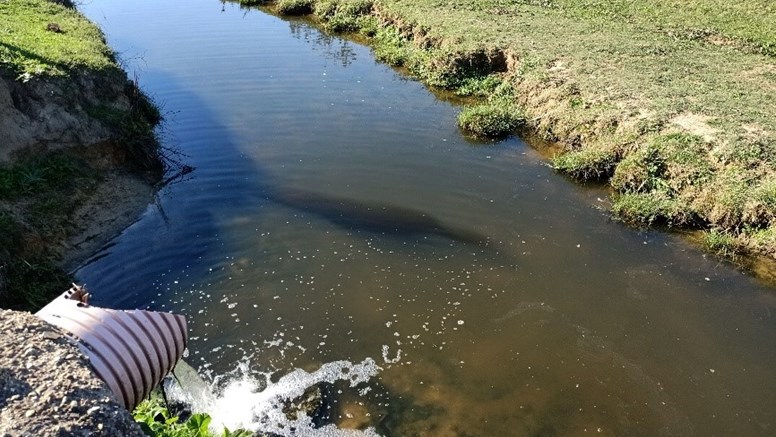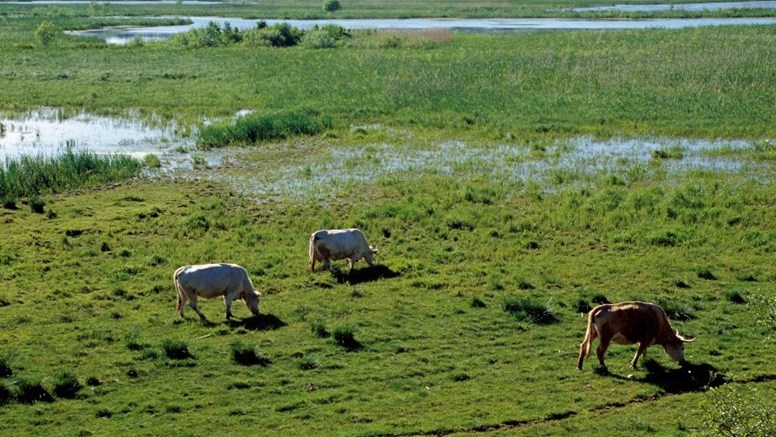WP1 – coordination, communication and harmonization of protocols
Coordination of the project and close communication will take place throughout the study. Decisions on data sharing and harmonisation of protocols will also be discussed regularly. This will ensure that sample collection and analysis are done in equivalent ways and that all data produced are comparable.
WP2 - Dispersal of antibiotics, antibiotic resistant bacteria, and antibiotic resistance genes in the waterbodies downstream of wastewater treatment plants

This work package will focus on dispersal of antibiotic resistant bacteria, antibiotic resistance genes and antibiotic residues into aquatic environments and how this dispersal is affected by environmental, geographical, climate and temporal variation. This work package allows for a comparison on prevalence of antimicrobial resistant bacteria and resistance genes including countries with low, high, and very high antibiotic usages.
The specific objectives are to:
- Determine the background levels, abundance and diversity of selected ATB, ARB, ARGs in aquatic environments including freshwater and marine water.
- Map the entry points and hotspots of ATB, ARB and ARGs and to determine the contribution of domestic, healthcare and agricultural sectors to ATB, ARB and ARGs abundance.
- Assess the factors impacting the levels and dispersal of ATB, ARBs and ARGs in countries with differing AMR abundance profiles, wastewater management conditions and practices, and considering environmental, geographical, climatic, and temporal dimensions.
WP3 - Antibiotic resistant bacteria and antibiotic resistance genes in grazing cattle and water

This work package will include sites from southern, central and eastern Sweden, the Doñana Biosphere reserve in Southwest Spain and Uganda. The occurrence of antibiotic resistant bacteria and resistance genes in grazing cattle in contact with surface waters influenced by effluents from WWTPs will be studied.
The specific objectives are to:
- Determine if proximity to surface waters affected by WWTPs is a risk factor for carriage of AMR in grazing cattle.
- Determine if the bacterial profile and resistance genes in the gut of grazing livestock mirror the fluctuations in surface waters.
WP4 - Dispersal of antimicrobial resistance through aquatic birds

This work package will study aquatic birds and their role in short- and long-distance dispersal of antimicrobial resistance bacteria and resistance genes between aquatic environments and areas with possible human interaction.
The specific objectives are to:
- Characterize and quantify AMR (ARB and ARGs) among aquatic birds interacting with environments impacted by WWTPs (WP2), under different climatic and geographical conditions.
- Characterize and quantify AMR and biomarkers for faecal pollution among habitats connected to WWTPs by birds, with special focus on habitats with potential for ARB and ARG dissemination to humans.
- Identifying important environmental pathways of AMR dissemination by birds.
- Model the relative risk of dispersal of AMR through aquatic birds and map potential risk areas for AMR dispersal on both the local scale within study regions and also on the continental scale along the migratory flyways.
- Identifying possible mitigation strategies to reduce the risk of AMR dissemination by birds.